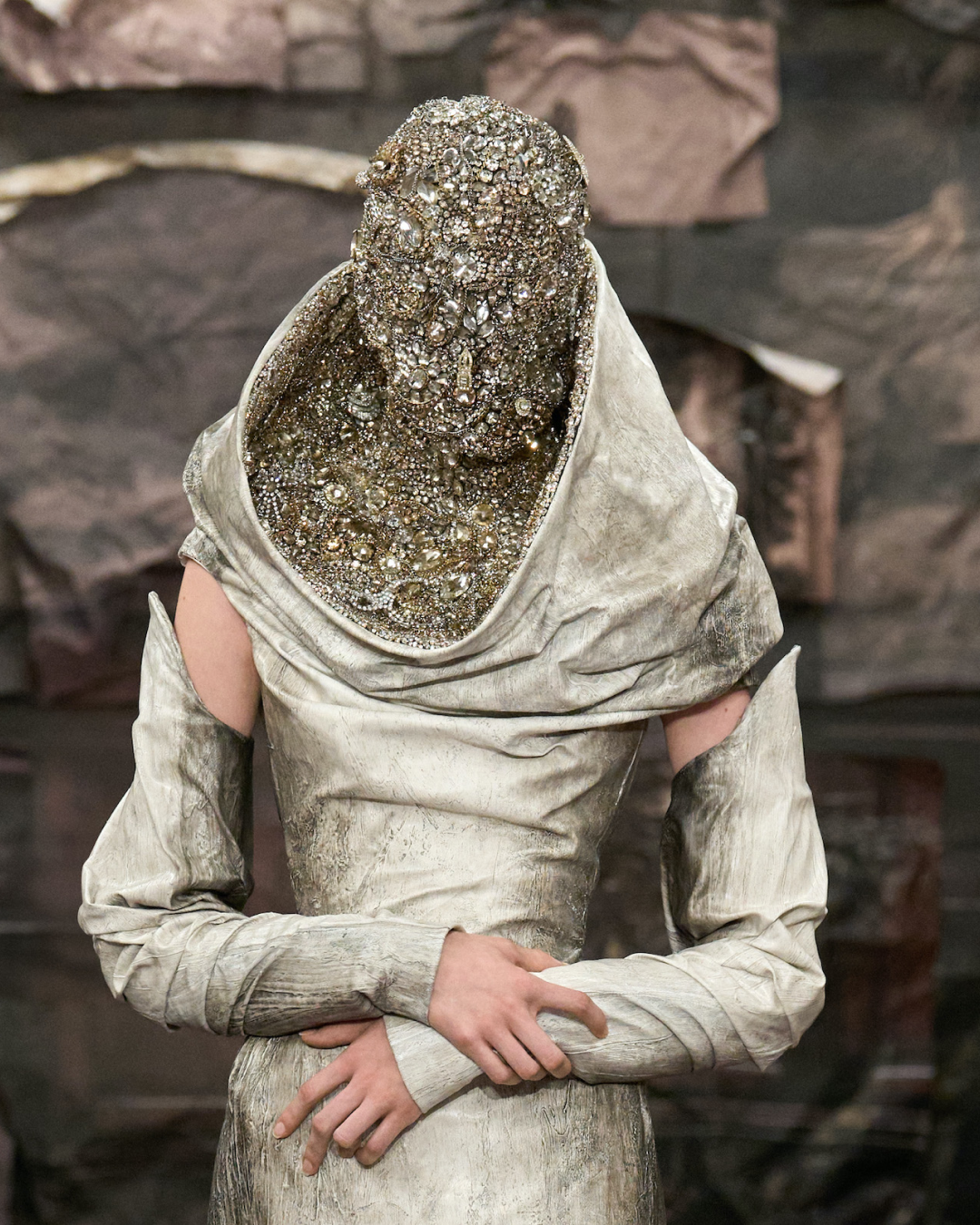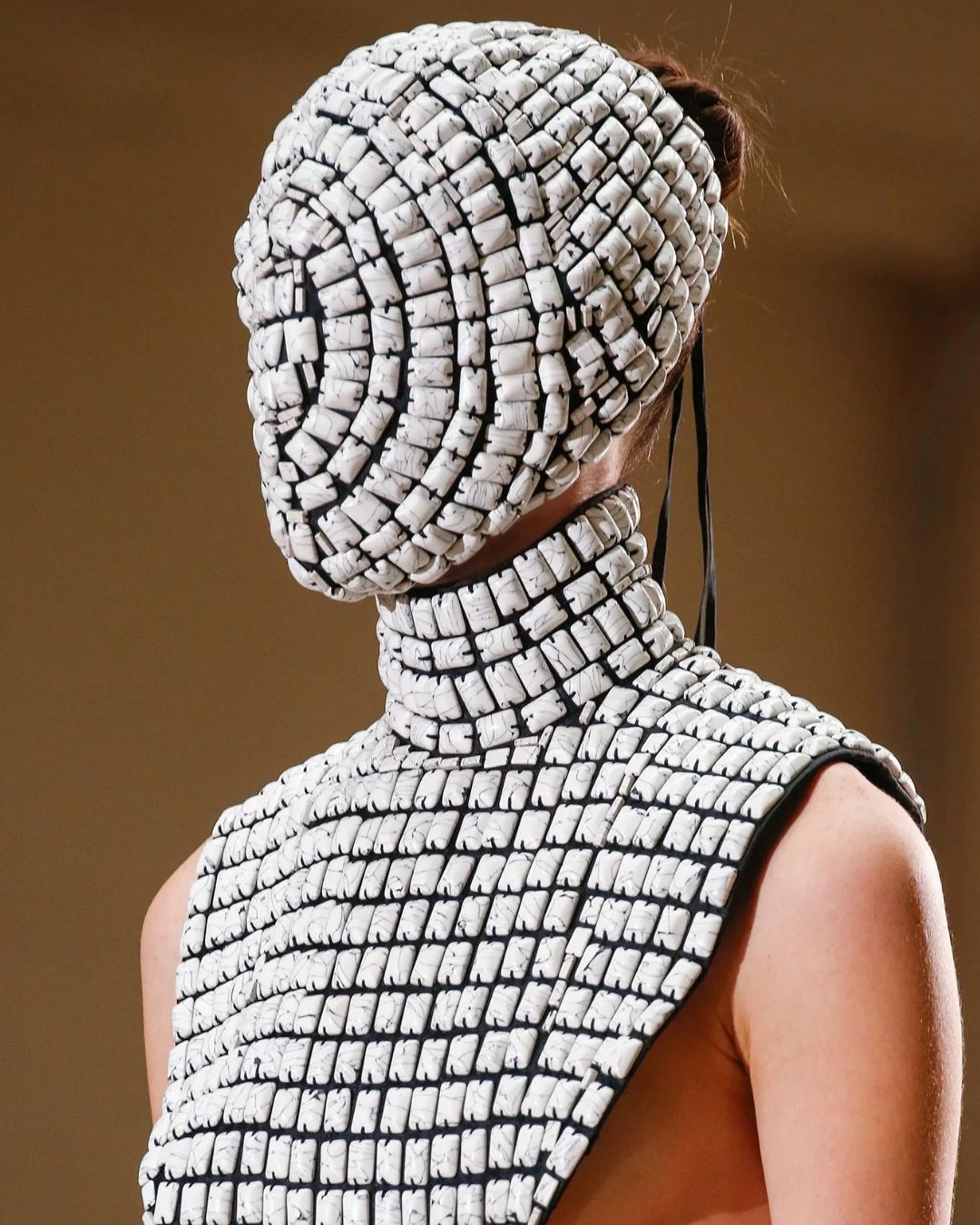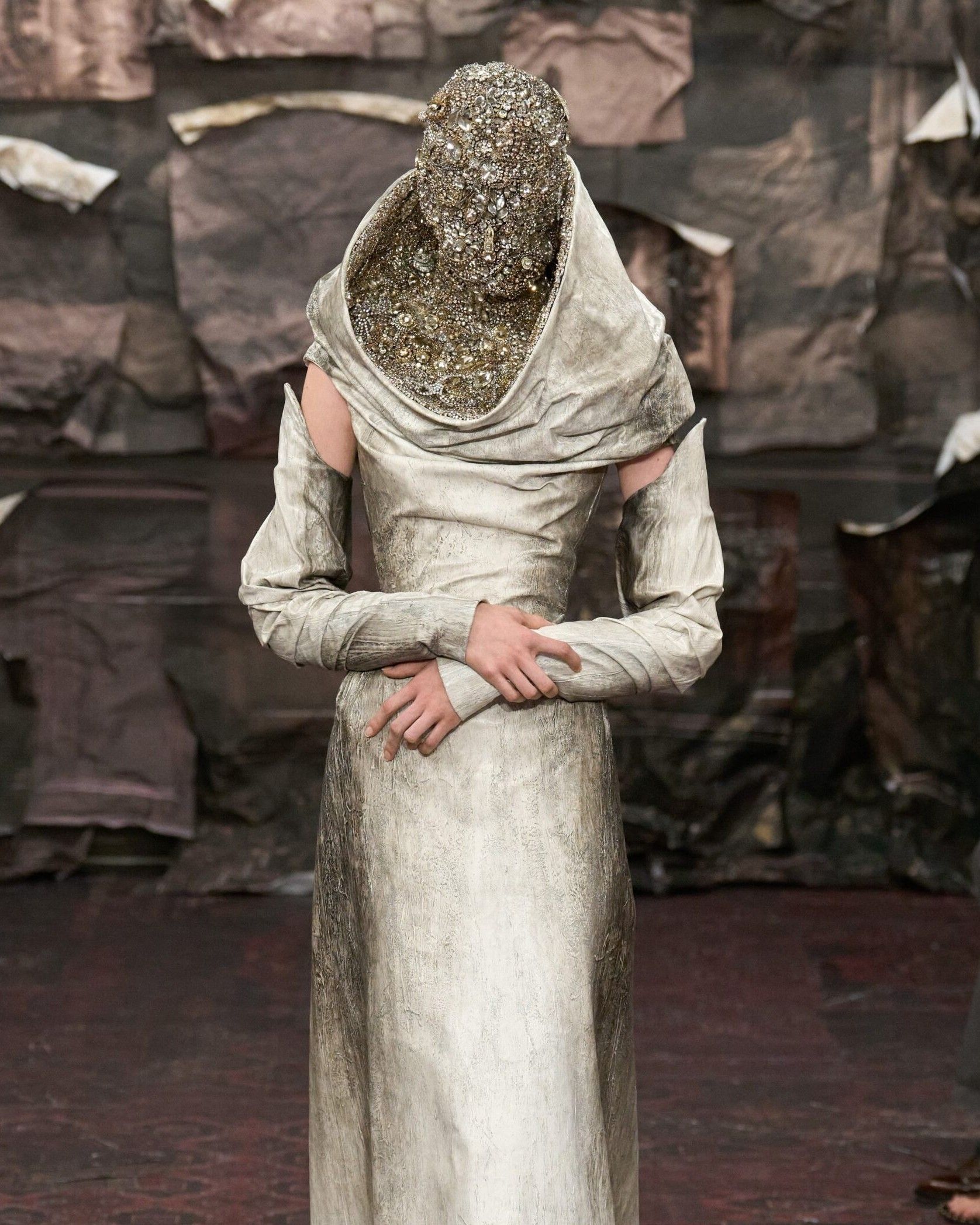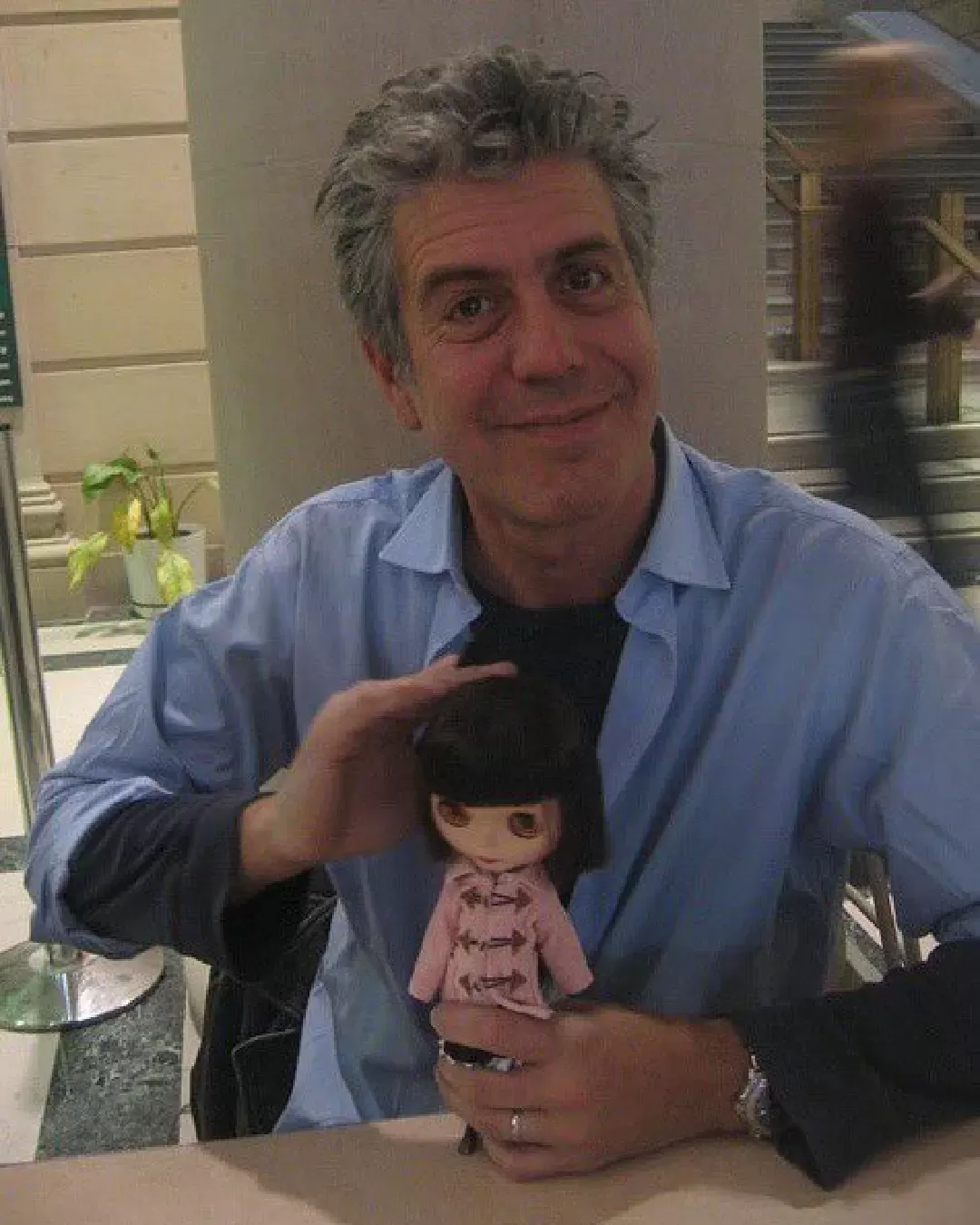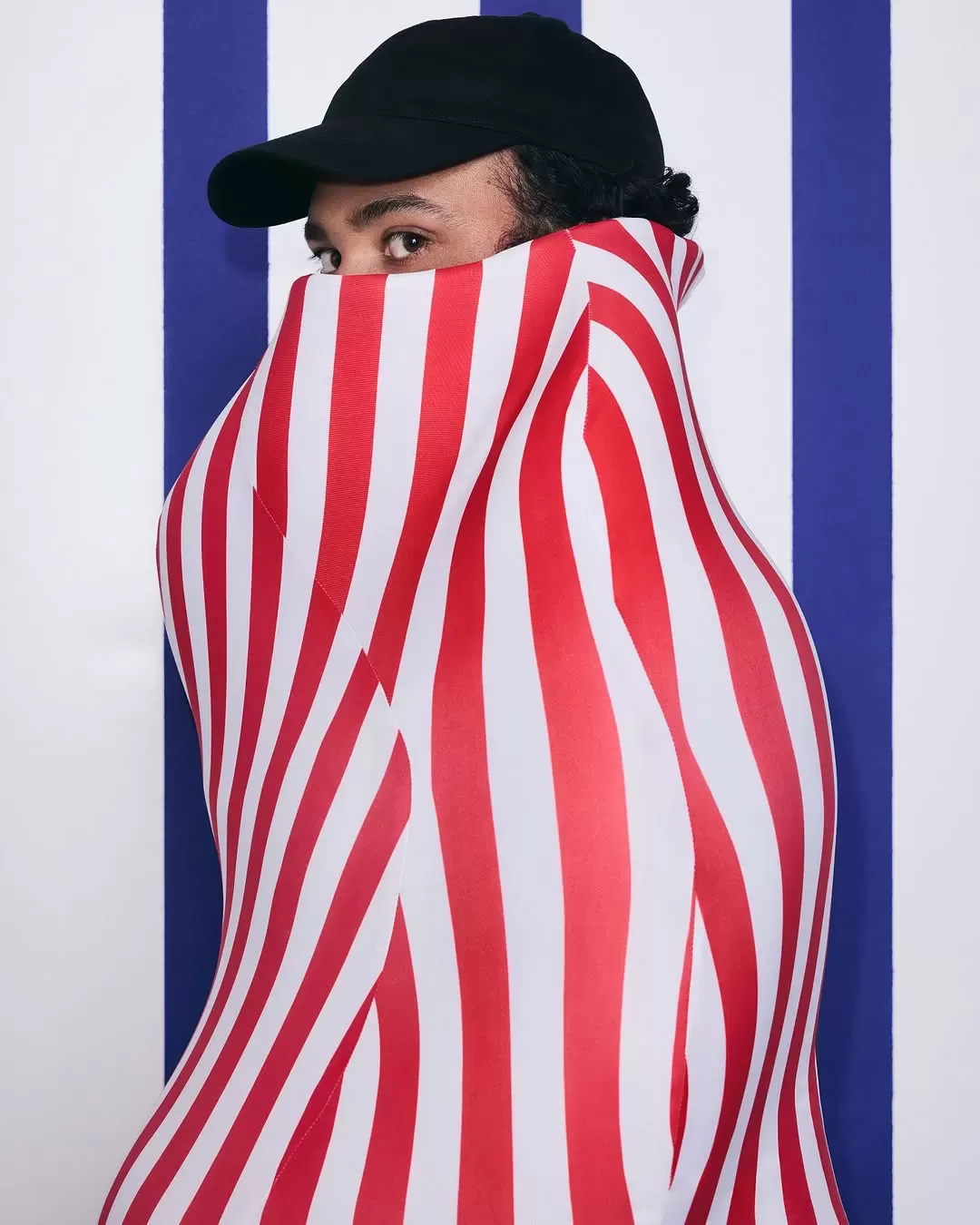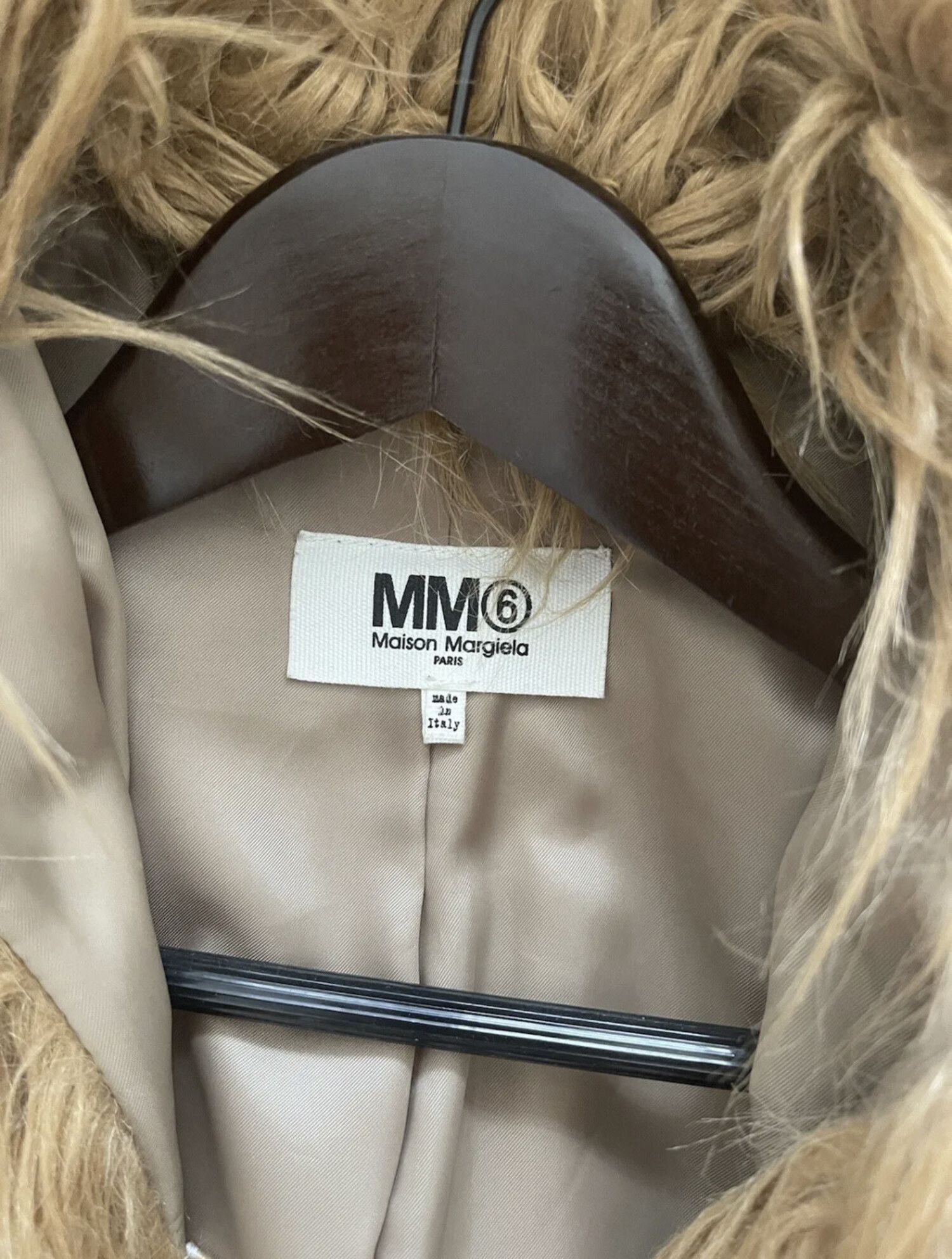
Maison Margiela changes its production habits, without cruelty but always with style Ethical fashion has never been so chic
If once abundant fur coats and scarves made from any plush forest animal skin were symbols of power, wealth, and good taste, it can now be said that the trend has reversed. While winter outfits adorned with enormous fur coats abound on our Pinterest feeds, they are mostly faux furs or, at the very least, vintage jackets given a second life by their buyers. A new fur piece (besides being nearly unaffordable for most people) could attract the ire of even the most seasoned fashionistas, but especially animal welfare organizations that are not afraid to infiltrate fashion shows today to protest against cruel practices and make their voices heard. Maison Margiela has clearly understood this shift, as it appears to be progressively implementing more ethical policies. Six years ago, the house abolished the use of fur, and this year it is pushing the trend further by deciding to no longer use angora wool in its collections, honoring PETA’s request.
It was, in fact, the organization itself that announced this change: “PETA celebrates Maison Margiela's commitment to extend its fur-free policy to include angora and reminds that today’s fashionistas do not want products from an industry where rabbit fur is torn out by handfuls, leaving conscious, terrified rabbits in unmatched agony,” said James Fraser, PETA France’s Corporate Liaison. Is this a genuine change or a way for the brand to polish its image? It's hard to say, as Maison Margiela has always positioned itself as a brand challenging fashion norms, codes, and morally questionable practices, yet today it may not be as ethical and sustainable as some believe.
When Martin Margiela launched his eponymous brand in 1988, it was not to create clothing resembling others using traditional fabrics. The Maison started with old gloves and socks sewn into jackets, all held together by adhesive tape and decorated with champagne cork necklaces or broken plate fragments. In 1990, its creator introduced a line of “artisanal” clothing entirely made from recycled fabrics from thrift stores, such as dresses worn by ladies for tea in the 1940s, recycled and reused to create flowing, elongated silhouettes. Margiela’s goal was to take fashion’s waste and deliberately and visibly reinvent it, making a powerful statement about waste, mass consumption, and the magic of reinvention, taking the English proverb “one man's trash is another man's treasure” quite literally.
However, by 2022, an analysis of Maison Margiela’s ethical standards revealed that things may have changed for the brand. According to the analysis, the brand uses few environmentally friendly materials and provides no evidence that it minimizes textile waste, reduces its carbon and other greenhouse gas emissions in its supply chain, or has taken significant steps to reduce or eliminate hazardous chemicals. Regarding the use of animal-derived materials, the Maison does not display a public policy. While it did not use fur or exotic animal skins at the time, it still used leather, wool, angora (at the time), down, and exotic animal hair. The announcement of this change in material use and the removal of angora wool from its collections thus indicates that despite criticism, the brand is willing to reassess its production habits and make some sacrifices. The Maison joins a hundred other major brands—including Armani, Valentino, Gucci, Diane von Furstenberg, Calvin Klein, Burberry, Farfetch, Tommy Hilfiger, and Stella McCartney—particularly committed to animal welfare and the use of vegan materials.










































